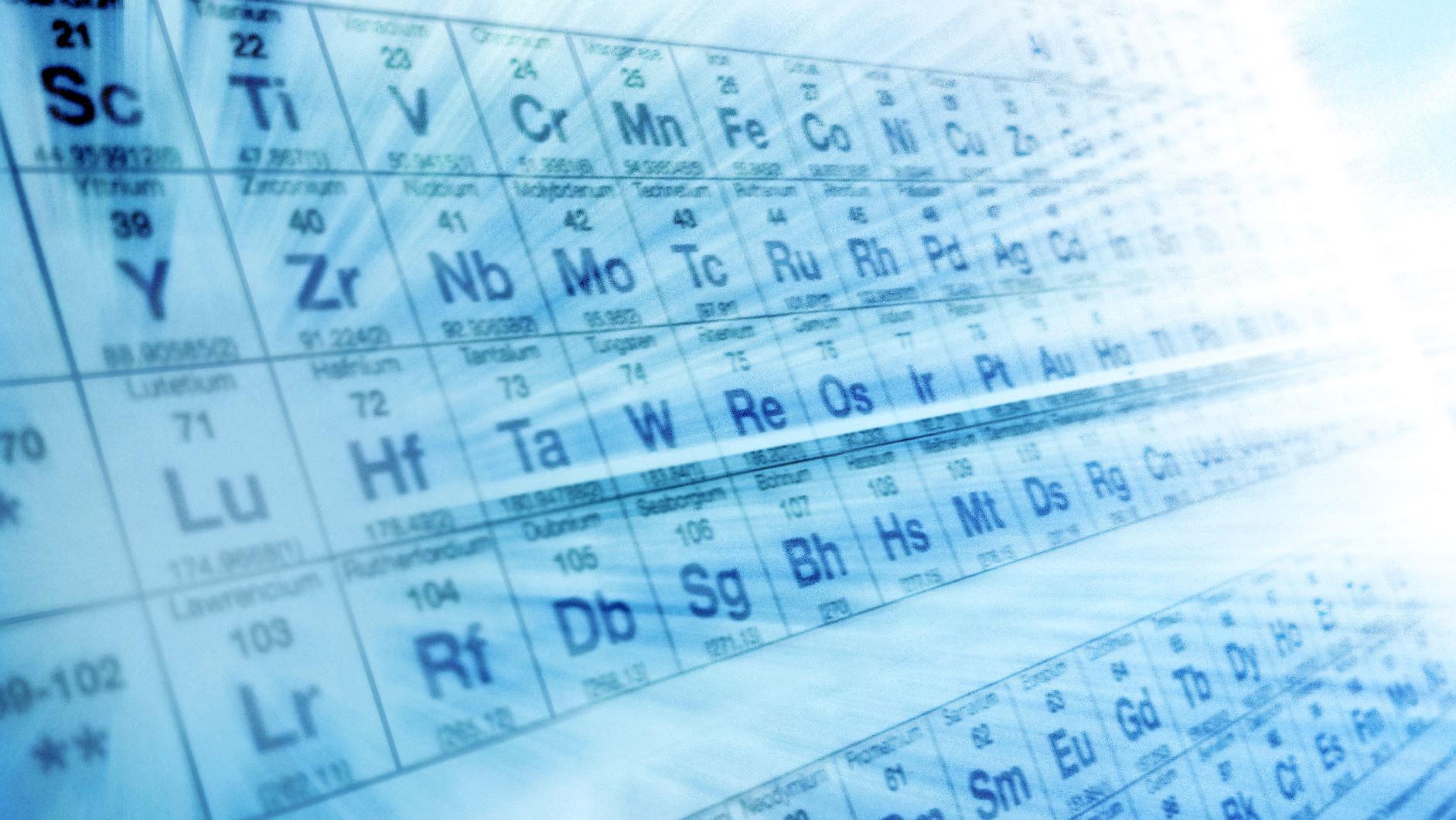Metals, minerals and natural materials that are economically important and have a high risk of supply are called critical raw materials (CRMs). Critical raw materials underpin modern technology; a smartphone might contain up to 50 different kinds of metals [1]. Critical raw materials are also essential to many of the environmental technologies essential for clean energy production and transport applications; they are irreplaceable in solar panels, wind turbines, electric vehicles, and energy-efficient lighting.
Events of recent years have highlighted both the importance and the vulnerability of supply chains for manufactured goods. For example, the development of vaccines to protect against COVID-19 has shown the reliance of drug development on multinational collaboration. Components of the vaccine industry can be found in 50 countries worldwide [2] and compounds must be manufactured and distributed to the drug manufacturer according to the specific requirements of the required vaccine.

Disruption to supply chains
Supply chains involve the physical movement of goods and such movement can be inherently risky. In March 2021, the container ship Ever Given became stuck in the Suez Canal for 6 days causing delays to goods valued at an estimated $400m per hour [3]. Changes in the stability of supply chains can be very disruptive when things go wrong!
Critical raw materials are already exposed to supply vulnerability owing to a range of factors including political and economic stability, concentration of supply and limited potential for substitution amongst others. Typically, there are few switching options, even under stable conditions of supply. It is, therefore, difficult not to conclude that understanding the nature of supply chains competing for scarce resources is essential.
Circular Economy
The consequence of asymmetry in supply and demand is not just a shortage of raw materials for certain essential products. Prices may experience variability leading to hesitance in investment for new technologies or an unfair distribution of economic opportunity as wealthy economies monopolise supplies. Moreover, economic and political conflicts may arise between countries seeking to secure resources. Equally harmful, environmental damage may occur from unregulated extraction.
There may, of course, be an upside. As critical raw materials become more prevalent in societies’ infrastructure it will become increasingly feasible and necessary to recover them from post-consumer goods. The circular economy encourages reuse, sharing, repair, refurbishment, remanufacturing and recycling. Circular economy principles often make sound economic sense. For example, in the UK, British Sugar has examined its processes to valorise wasted energy and materials; the factory not only produces sugar but 12 saleable products as well as hosting the UK’s first bioethanol fuel plant.
Mitigating future risks
In conclusion, the importance of critical raw materials is growing and the risks to their already compromised supply status are becoming increasingly evident. Sustainability is no longer a concept for products in isolation but one that must engage the entire supply chain. Our response is to monitor and analyse the business and political environment so that sustainability goals can be supported by mitigating risk, thereby fostering opportunity. The complexity of supply chains and the life cycle analysis of materials needs to be explored in order to make them accessible and visible, particularly to those companies developing technologies that reduce the world’s environmental footprint.
Find out more about CRMs here.
1. https://ec.europa.eu/growth/sectors/raw-materials/specific interest/critical_en
2. Douglas RG, Samant VB. The Vaccine Industry. Plotkin’s Vaccines. 2018;41-50
3. Harper J. BBC News, 26 March 2021